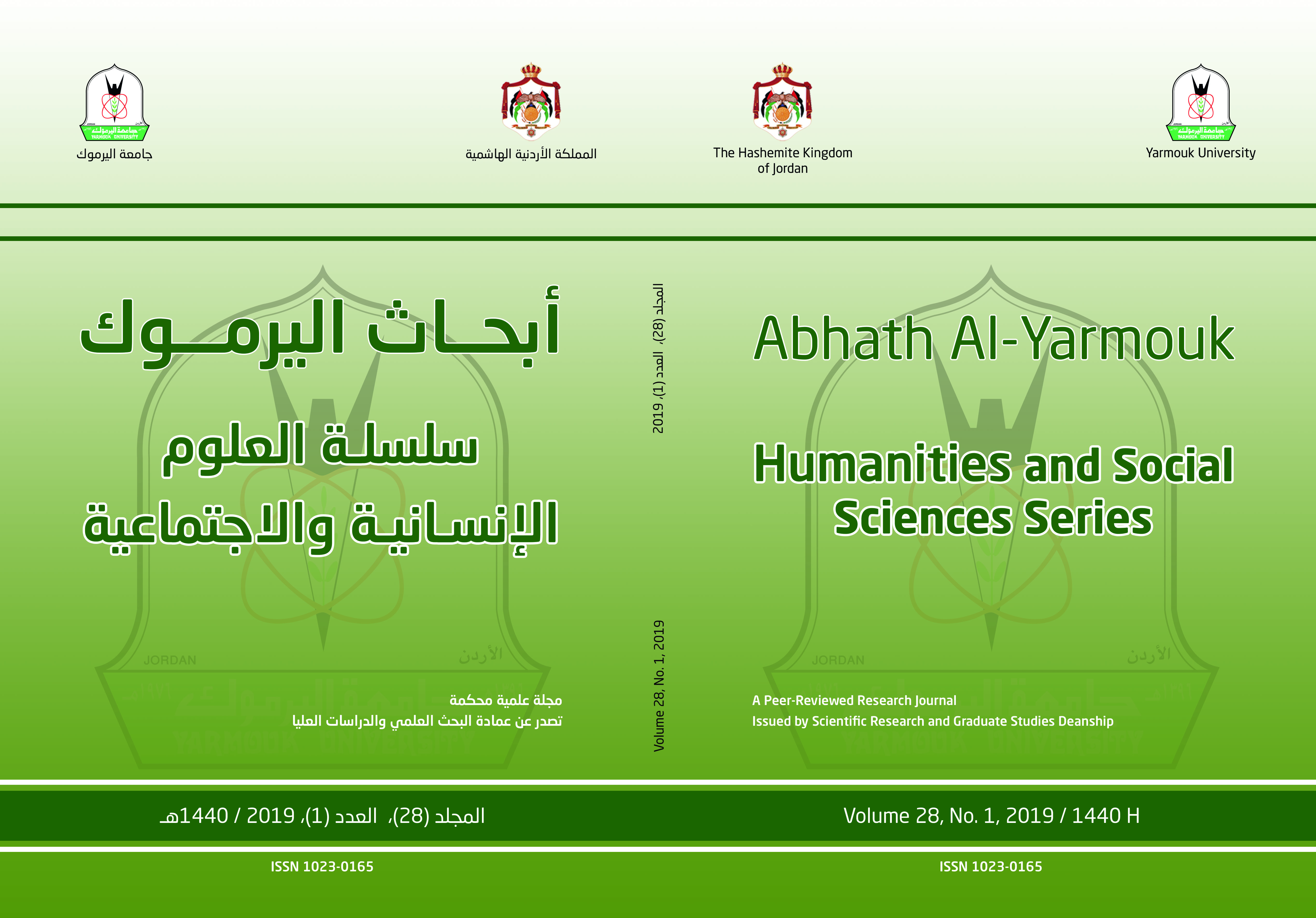المدن في محافظة الكرك بين تطور أحجامها ورتبها وتوزيعها وتفاعلها خلال الفترة من عام 2004 إلى عام 2024
الكلمات المفتاحية:
أحجام المدن، رتب المدن، توزيع المدن، تفاعل المدن، محافظة الكركالملخص
هدفت الدراسة إلى معرفة اتجاهات تطور أحجام المدن ورتبها, ونمط توزيعها المكاني, وحجم التفاعل بينها في محافظة الكرك, وقد اعتمدت الدراسة على المنهج الوصفي التحليلي, مستخدمة عددا من الأساليب الكمية منها: قاعدة الرتبة والحجم, وتحليل صلة الجوار, ونموذج رالي, ونموذج مركز الثقل السكاني, ونموذج الجاذبية.
وقد أظهرت الدراسة من خلال قاعدة الرتبة والحجم أن المدن في محافظة الكرك لا تظهر على شكل بنية هرمية, كما أظهرت اعتماداً على المسافات الفاصلة بين المدن من خلال تحليل صلة الجوار أن تلك المدن تسلك النمط العشوائي المشتت, وأظهرت من خلال نماذج التفاعل تفاوت مسافات نقاط القطع بين المدينة الأولى والمدينة الثانية في محافظة الكرك, وأنه كلما اقتربت نقطة القطع من المدينة الأولى زاد التفاعل مع المدينة الثانية.
وقد توصلت الدراسة إلى بعض التوصيات, ومنها: تجميع المدن الصغيرة, ودمجها مع بعض المدن المتوسطة والكبيرة اعتماداً على المسافات الفاصلة بينها, وبناء مدن جديدة كنقاط نمو لتحفيز التنمية الحضرية المتوازنة, والتقييم المستمر لمسيرة التنمية الحضرية وتحديد أولوياتها.

